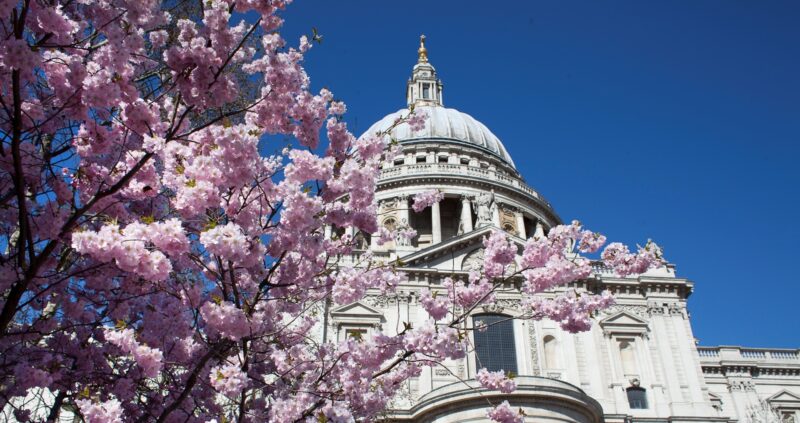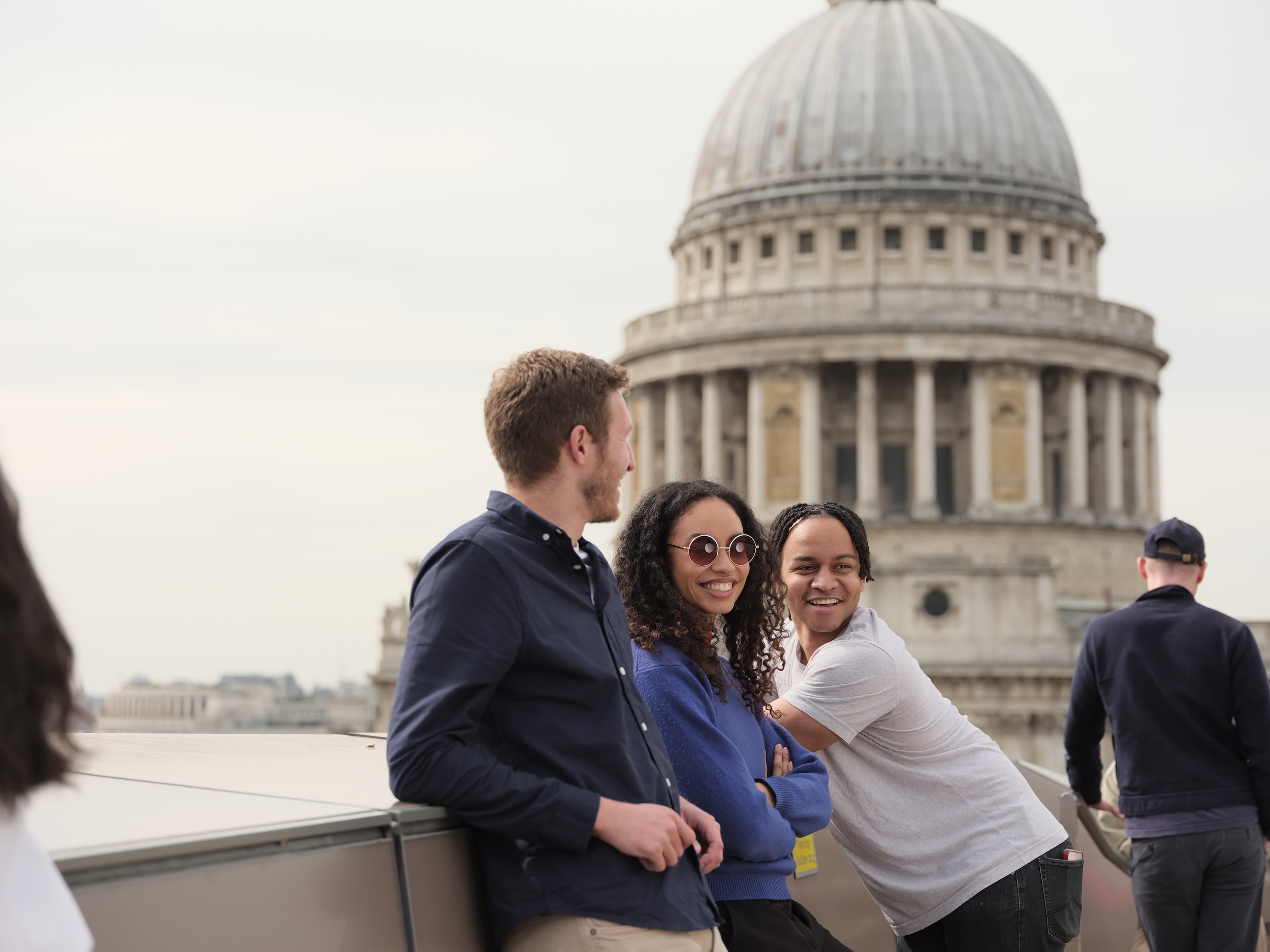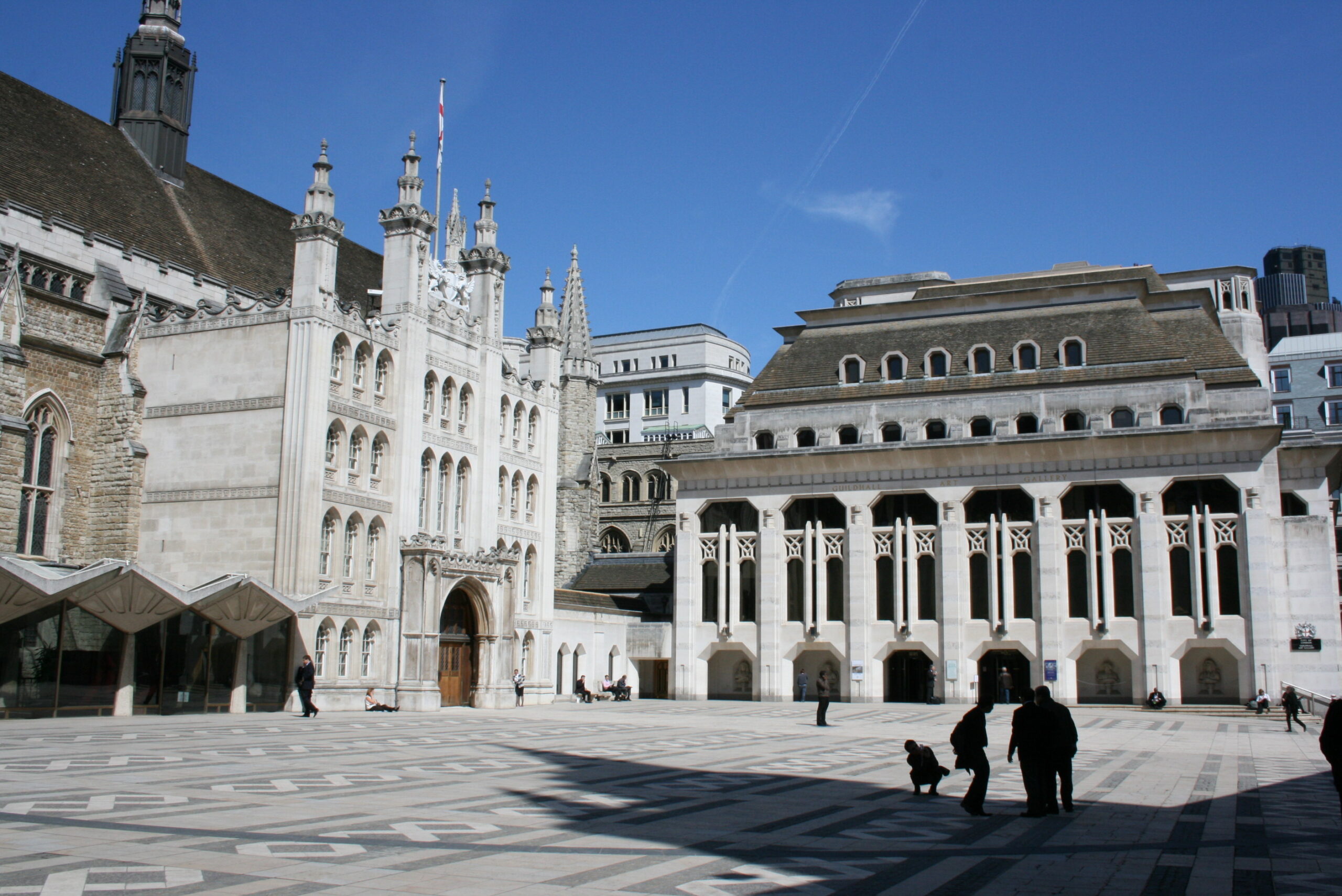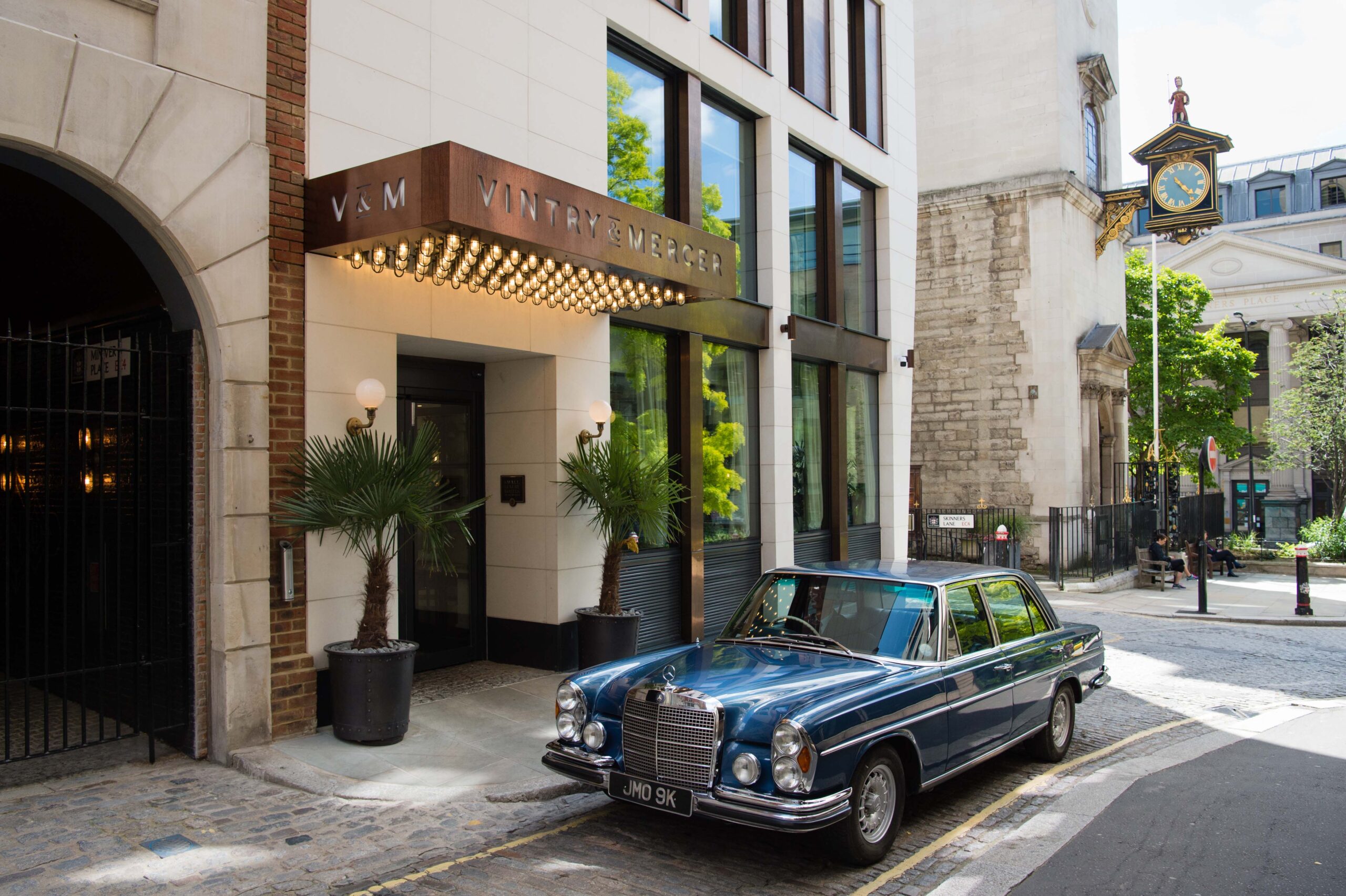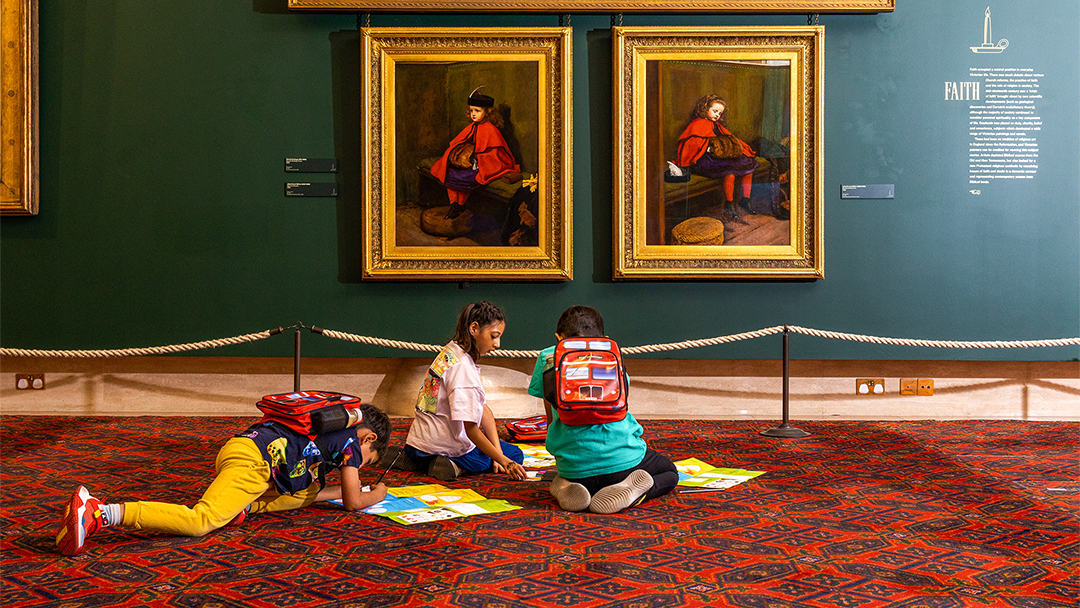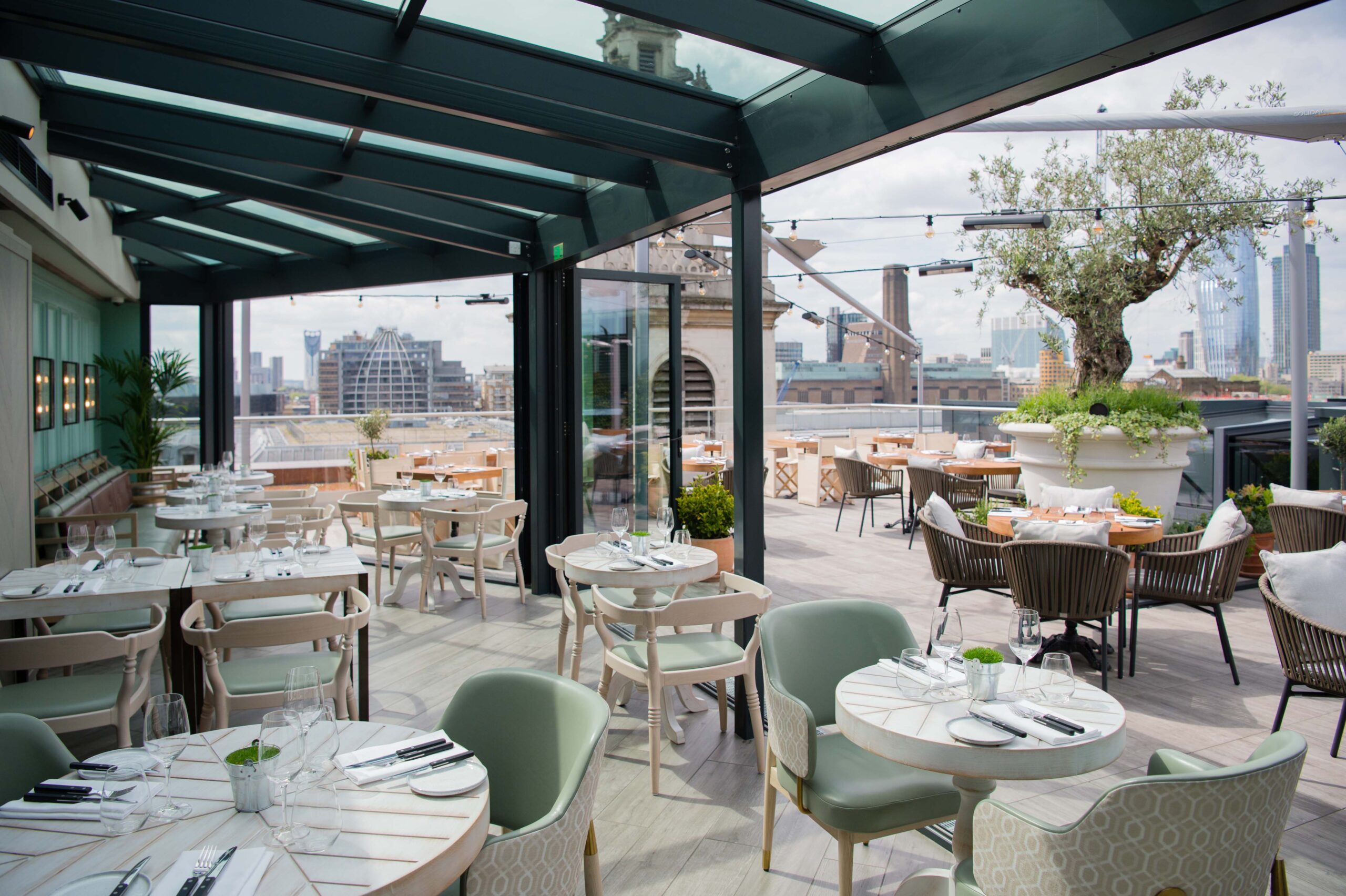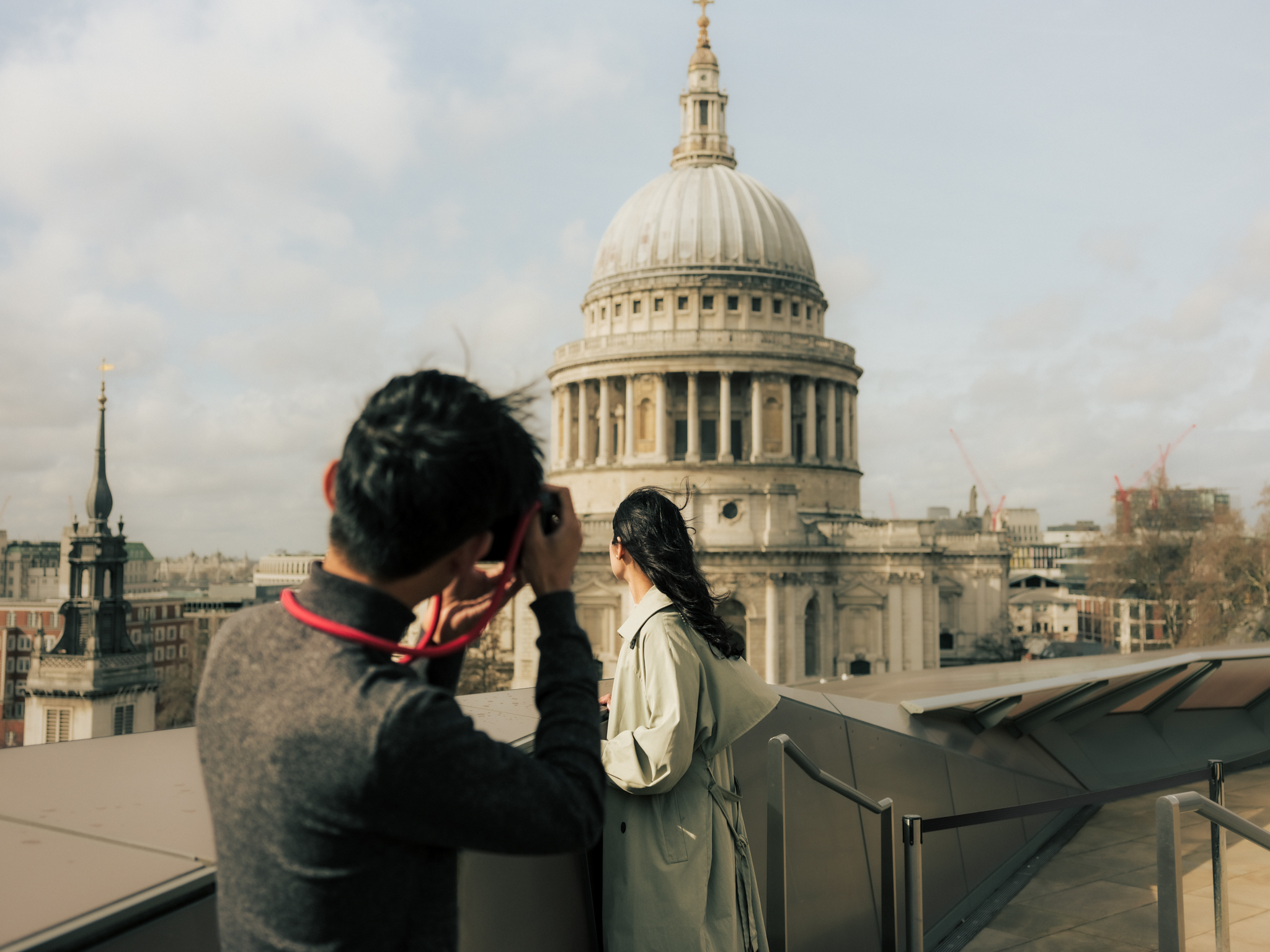
Not all roads lead to Rome, but in the City they can lead you back to Roman London. As you stride from Tube station to office, or from hotel to restaurant, you’re re-treading the steps (albeit, about seven metres higher) of Romans going about their daily lives 2,000 years before you.
The bustling commercial centre we know today sits squarely on the site of the Roman’s bustling commercial centre, Londinium, and fascinating glimpses of Roman life can still be seen dotted throughout the City of London – from remains of the city wall to excavated ruins of a bathhouse and amphitheatre.
Several Roman ruins can be viewed on a special self-guided walk – pick up a Roads to Rome map from the City Information Centre next to St Paul’s Cathedral (while stocks last) – or make time to see one of these key sights on a regular day in the City…
Billingsgate Roman House and Bath
Descend into the basement of an unassuming office block and come face-to-face with the remains of a 2,000-year old Roman home and bathhouse. This stunning discovery was unearthed in 1848 and you can view the preserved remains as if archaeologists had left the site just yesterday.
Special access to these remains is limited to pre-booked tours on Saturdays (from April to November) for adults and children 8 years and over; additional private group tours are possible at other times by prior arrangement.
Find out more and book tickets for Billingsgate Roman House and Baths

© Billingsgate Roman Bath House
London’s Roman Amphitheatre
It’s the tranquil Guildhall Art Gallery today, but 2,000 years ago this spot would have had a very different ambience. Violent scenes of gladiatorial combat and public executions, all in front of a baying crowd, were commonplace in this Roman amphitheatre – a remarkable find only discovered during excavation work for the new gallery in 1988.
Book your free ticket to Guildhall Art Gallery and you can also view the amphitheatre remains including the entrance tunnel, east gate and arena walls beneath the Gallery – the extent of the outer wall is marked in Guildhall Yard.
Explore London's Roman Amphitheatre.

© London’s Roman Amphitheatre
Outdoor Remains of the Roman city wall (various locations)
As Londinium’s importance grew, so too did its need for strong defences. Sometime between AD190 and AD225, the Romans embarked on one of the largest construction projects in Roman Britain – building the city wall, a two-mile long protective ring around Londinium.
Remains of this wall are still visible today, some with medieval alterations. The best section of city wall can be seen at Tower Hill, an illustration of the classic Roman construction of squared stone blocks and triple rows of red tiles.
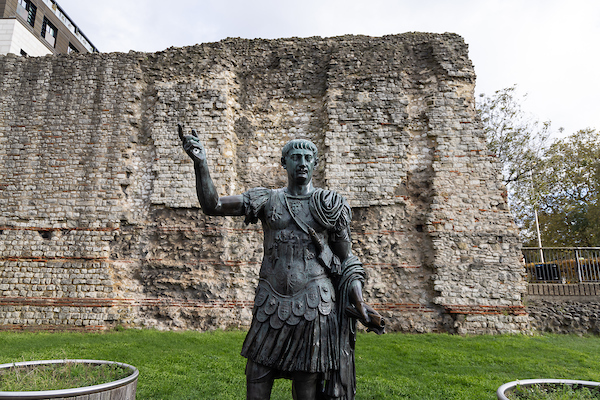
City Wall at Vine Street
On Vine Street, a carefully preserved subterranean chunk of city wall and bastion tower, once buried beneath two office buildings, can be viewed at street level through large windows - and since summer 2023, you can go inside to see them up close! During your visit, take a look at the many historic objects on display which were also unearthed on the site by the archaeologists. Free entry.
Find out more about the City Wall at Vine Street.

© The City Wall at Vine Street
London Stone
One of the capital’s most ancient landmarks and said to mark the heart of London, the London Stone can be viewed in the wall of 111 Cannon Street. Legend has it that if the Stone is ever moved, the future of London will be in jeopardy – with its remains under lock and key in a dedicated, glass-fronted enclosure, the future looks safe.

© London Stone
London Mithraeum Bloomberg SPACE
Under the European headquarters of financial news company Bloomberg lies a reconstruction of an ancient Roman temple, displayed at the site of its remarkable discovery in 1954. The Temple of Mithras, built in the 3rd century AD, was uncovered along with jewellery, pottery and writing tablets in what became one of British archaeology’s most significant events.
The temple ruins and over 600 unearthed artefacts are brought to life in this immersive, multi-sensory experience at London Mithraeum Bloomberg SPACE. It’s free to visit but booking is required.
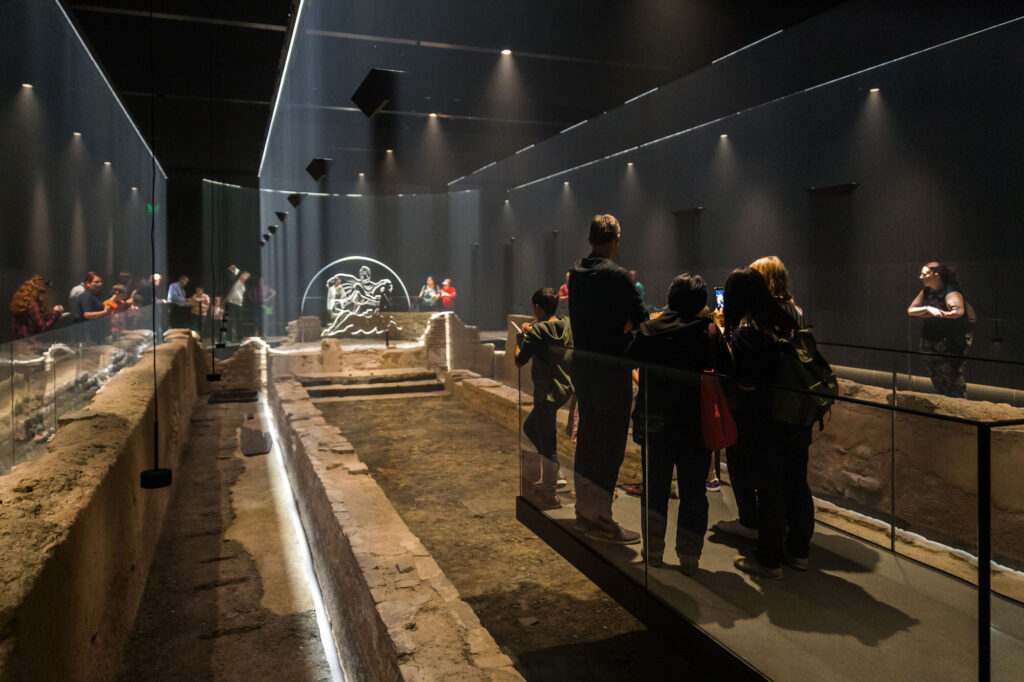
© London Mithraeum Bloomberg SPACE
Roman Floor at All Hallows by the Tower church
Descend into the Crypt Museum of All Hallows by the Tower, one of the oldest churches in the City of London, and you’ll find fragments of a Roman tessellated floor and plastered wall of a 2nd century domestic house. A small collection of other Roman artefacts and a model of the city shed more light on how everyday Romans lived, worked and socialised.
Anglo-Saxon crosses found in the churchyard along with a church plate and ancient registers dating back to the 16th century, continue the City’s story in the centuries after the Romans left.
Roman Pavement in St Bride's Church
On a similar theme, head into the crypt at St Bride's Church to see the remains of a Roman pavement dating back to around AD 180. A range of Roman artefacts that were discovered on this site are on display in the crypt museum.
When the Romans established Londinium following the invasion under the emperor Claudius in AD 43, they dug a substantial ditch (the purpose of which is unclear) just outside the walls of the Roman city, on the site of what is now St Bride's church. A building was constructed here (including the area of pavement that is still visible) which may have been connected with one of the earliest places of worship.





